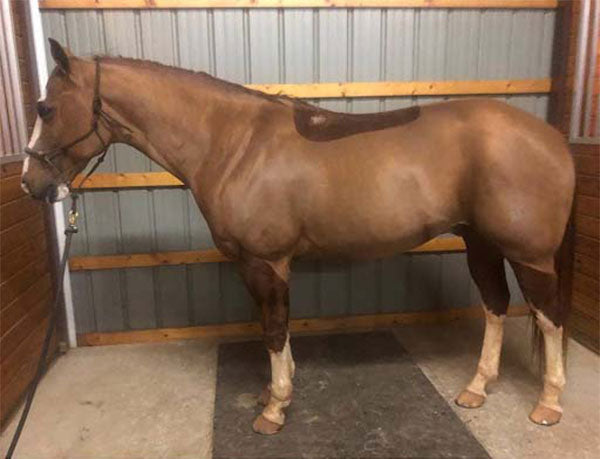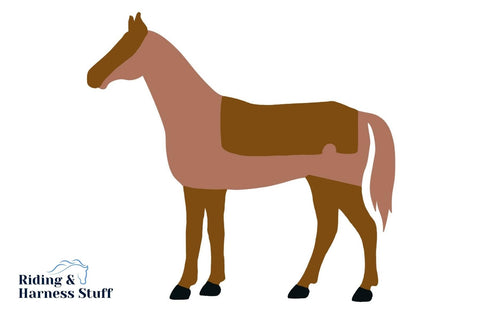Clipping Your Horse: When, Why, and How

Clipping your horse is an essential grooming practice that can improve your horse’s comfort and performance, especially during colder months or intense training periods. This article explores the best times to clip, the reasons behind clipping, and step-by-step guidance on how to do it effectively.
Why Clip Your Horse?

Clipping helps manage your horse’s coat for several reasons:
- Temperature Regulation: Horses grow thick winter coats that can cause overheating during exercise. Clipping removes excess hair, helping them stay cool.
- Hygiene: A shorter coat is easier to clean and dries faster, reducing the risk of skin infections.
- Appearance: Clipping can give your horse a sleek, polished look, especially for shows or competitions.
- Health: It prevents sweat from lingering on the skin, which can cause irritation or fungal infections.
When to Clip Your Horse
Timing is crucial for clipping:
| Season | Best Time to Clip | Notes |
|---|---|---|
| Early Fall | Before the cold sets in | Allows coat to grow back gradually |
| Late Fall | For horses in heavy work | Helps manage sweat during exercise |
| Winter | Only if necessary | Clip small areas to avoid chilling |
| Spring | To remove winter coat | Prepares horse for warmer weather |
Types of Clipping
- Full Body Clip: Removes all hair, ideal for horses in heavy work.
- Trace Clip: Removes hair from the neck and chest, leaving the rest of the coat.
- Hunter Clip: Clips the body but leaves hair on legs and saddle area for protection.
- Blanket Clip: Clips the body but leaves a “blanket” of hair on the back.
How to Clip Your Horse
Preparation
- Gather Equipment: Clippers, blades, scissors, grooming tools, and a clean, dry area.
- Clean Your Horse: Brush thoroughly to remove dirt and loose hair.
- Check Equipment: Ensure clippers are sharp and well-oiled.
Clipping Process
- Start with the neck, moving in the direction of hair growth.
- Use smooth, even strokes to avoid uneven patches.
- Clip sensitive areas carefully, such as the face and legs.
- Take breaks to prevent overheating of clippers.
Aftercare
- Brush clipped areas to remove loose hair.
- Keep your horse warm with blankets if necessary.
- Clean and maintain your clippers for longevity.
Frequently Asked Questions (FAQ)
Q: Can I clip my horse if it’s wet?
A: No, always clip a dry horse to avoid skin irritation and damage to clippers.
Q: How often should I clip my horse?
A: It depends on the horse’s workload and coat growth, typically every 6-8 weeks during the clipping season.
Q: What if my horse has sensitive skin?
A: Use gentle blades and consider a partial clip to minimize irritation.
Conclusion
Clipping your horse at the right time and using the proper technique can greatly enhance your horse’s comfort and performance. Whether you’re preparing for competition or managing winter coats, understanding when, why, and how to clip is key to effective horse care.
